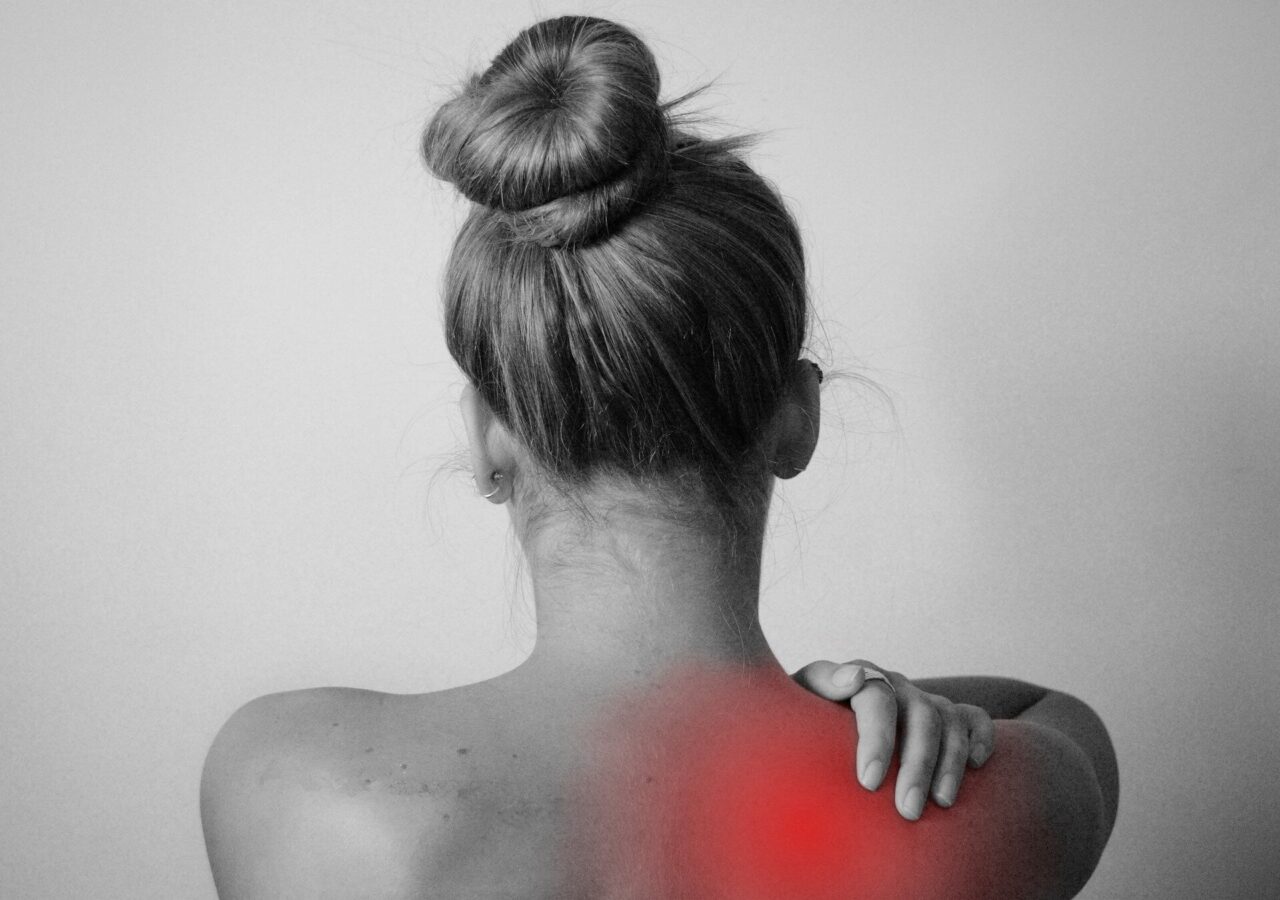Normal movement at the shoulder is distributed between motion at the shoulder (glenohumeral) joint and movement of the scapula. Although there is variability with how shoulders move, normal arm movement is made up of a ratio of glenohumeral joint movement to scapular movement that is between 2:1 and 2.4:1. A normal shoulder will move 180o into flexion and abduction. The glenohumeral joint will contribute ~120 degrees and the scapula will contribute ~60 degrees of the motion.
Inadequate movement of either the scapula or the humerus can contribute to shoulder impingement syndrome which is a common cause of pain in rock climbers. A study by Rosenborrough and colleagues looked at how the ratio of glenohumeral to scapular movement differed between rock climbers and non-rock climbers. They found a ratio of 3.7:1 in rock climbers which was significantly higher than non-climber comparison group. This means that the climbers had substantially more movement coming from the glenohumeral joint and substantially less movement contribution from the scapula. They hypothesized that this difference is due to over-development of shoulder internal rotator muscles and weakness of scapular stabilizer muscles which are common impairments found in rock climbers.
Some key muscles that limit scapular upward rotation are the pectoralis minor and levator scapula. Both of these muscles tend to undergo adaptive shortening in people who climb frequently. When that is combined with weakness of muscles that rotate the scapula upward (upper and lower trapezius and serratus anterior) one can easily develop shoulder impingement due to poor scapular movement.
Try these exercises to improve scapular stability and increase the length of the pectoralis minor muscle to allow greater movement from the scapula to prevent shoulder impingement.
Push Press with TRX
Push up with row
Snow Angels on the foam roller




